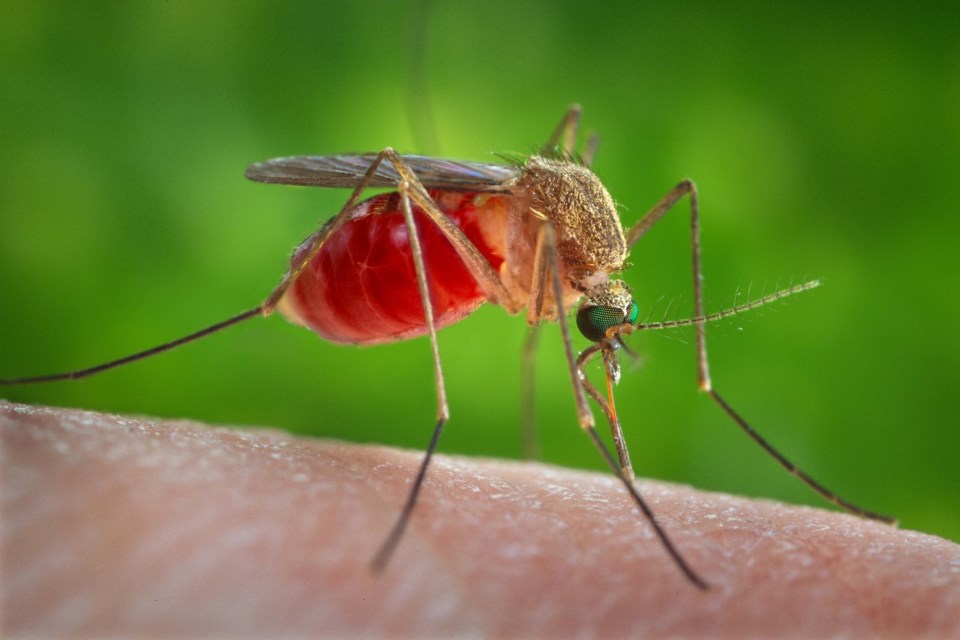NEW YORK (AP) — More than 20 people returning to the U.S. from Cuba have been infected with a virus transmitted by bugs in recent months, federal health officials said Tuesday. They all had , also known as sloth fever.
None have died, and there is no evidence that it's spreading in the United States. But officials to be on the lookout for the infection in travelers coming from Cuba and South America.
Here's a look at the illness and what sparked the alert:
What is Oropouche virus?
Oropouche is a virus that is native to forested tropical areas. It was first identified in 1955 in a 24-year-old forest worker on the island of Trinidad, and was named for a nearby village and wetlands.
It has sometimes been called sloth fever because scientists first investigating the virus found it in a three-toed sloth, and believed sloths were important in its spread between insects and animals.
How does Oropouche virus spread?
The virus is spread to humans by small biting flies called midges, and by some types of mosquitoes. Humans have become infected while visiting forested areas and are believed to be responsible for helping the virus make its way to towns and cities, but person-to-person transmission hasn't been documented.
How many cases have there been?
Beginning late last year, the virus was identified as the cause of large outbreaks in Amazon regions where it was known to exist, as well as in new areas in South America and the Caribbean. About 8,000 locally acquired cases have been reported in Bolivia, Brazil, Colombia, Cuba, and Peru.
Some travelers have been diagnosed with it in the U.S. and Europe. The U.S. Centers for Disease Control and Prevention on Tuesday said so far — 20 in Florida and one in New York — all of whom had been in Cuba. European health officials previously said , nearly all among travelers.
What are the symptoms and treatments?
Symptoms can seem similar to other tropical diseases like dengue, Zika or malaria. Fever, headaches and muscle aches are common, and some infected people also suffer diarrhea, nausea, vomiting or rash.
Some patients suffer recurring symptoms, and 1 in 20 can suffer more severe symptoms like bleeding, meningitis and encephalitis. It is rarely fatal, though there are recent reports of deaths in two healthy young people in Brazil.
There are no vaccines to prevent infections and no medicines available to treat the symptoms.
Are there other concerns?
In Brazil, officials are investigating that infections might be passed on from a pregnant woman to a fetus — a potentially frightening echo of what was seen during Zika outbreaks nearly a decade ago.
The CDC has recommended that pregnant women and suggested all travelers take steps to , such as using and wearing long-sleeved shirts and long pants.
___
The Associated Press Health and Science Department receives support from the Howard Hughes Medical Institute’s Science and Educational Media Group. The AP is solely responsible for all content.
Mike Stobbe, The Associated Press




